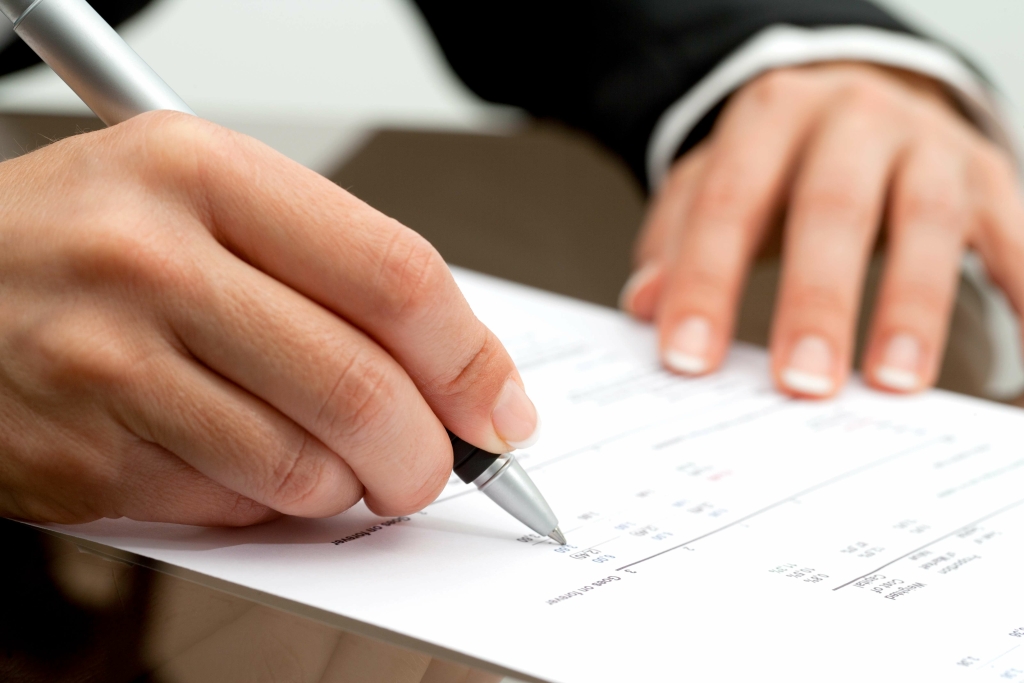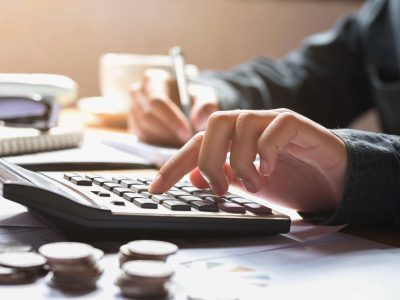Double Declining Balance: A Simple Depreciation Guide Bench Accounting

An exception to this rule is when an asset is disposed before its final year of its useful life, i.e. in one of its middle years. In that case, we will charge depreciation only for the time the asset was still in use (partial year). Like in the first year calculation, we will use a time factor for the number of months the asset was in use but multiply it by its carrying value at the start of the period instead of its cost.
How to plan double declining balance depreciation
Depreciation is the act of writing off an asset’s value over its expected useful life, and reporting it on IRS Form 4562. The double declining balance method of depreciation is just one way of doing that. Double declining balance is sometimes also called the accelerated depreciation method. Businesses use accelerated methods when having assets that are more productive in their early years such as vehicles or other assets that lose their value quickly. The double declining balance method of depreciation, also known as the 200% declining balance method of depreciation, is a form of accelerated depreciation.
Why would a company use double-declining depreciation on its financial statements?
Firstly, the DDB method influences the income statement by spreading the depreciation expense over the asset’s useful life. During the early years, depreciation expenses are higher, which reduces the double declining balance method net income reported. As depreciation expenses decrease over time, net income gradually increases. The double-declining balance (DDB) method is an accelerated depreciation calculation used in business accounting.

Step 1: Calculate the straight line depreciation expense

It’s important to understand how this method works, especially if you’re studying accounting or managing finances. We will cover everything from the basics to examples, making it easy for anyone to grasp. The DDB method accelerates depreciation, allowing businesses to write off the cost of an asset more quickly in the early years, which can be incredibly beneficial for tax purposes and financial planning. In summary, the choice of depreciation method depends on the nature of the asset and the company’s accounting and financial objectives. FitBuilders estimates that the residual or salvage value at the end of the fixed asset’s life is $1,250.
Since the depreciation is done at a faster rate (twice, to be precise) than the straight-line method, it is called accelerated depreciation. Transitioning from the double declining balance approach to a different depreciation method is permissible when it leads to an increased depreciation expense while adhering to accounting principles and tax laws. Such a change must be thoughtfully evaluated in order to align with both your financial objectives and legal obligations. In general, the company should allocate the cost of fixed assets based on the benefits that the company receives from them. Hence, the declining balance depreciation is suitable for the fixed assets that provide bigger benefits in the early year. On the other hand, if the fixed asset provides the same or similar benefits each year to the company through its useful life, such as building, the straight-line depreciation will be more suitable in this case.
- In subsequent years, apply the same rate to the asset’s remaining book value, which decreases each year as depreciation is accounted for.
- Using Excel’s DDB function, the depreciation values for each year are automatically calculated, making it easier for accountants to track and manage asset depreciation for various types of fixed assets.
- While it may not reflect an asset’s actual condition as precisely, it is widely used for its simplicity and consistency.
- The double declining balance method offers faster depreciation, suitable for assets that lose value quickly, while the straight line method spreads costs evenly over the asset’s useful life.
- This is classically true with computer equipment, cell phones, and other high-tech items that are generally useful earlier on but become less so as new models are brought to market.
Microsoft® Excel® Functions Equivalent: DDB

Where DBD is the declining-balance depreciation expense for the period, A is the accelerator, C is the cost and AD is the accumulated depreciation. Because the equipment has a useful life of only five years, it is expected to lose value quickly in the first few years of use. For this reason, DDB is the most appropriate depreciation https://www.bookstime.com/articles/how-to-calculate-overtime-pay method for this type of asset.
Though, the double-declining balance depreciation is still the declining balance depreciation method. Current book value is the asset’s net value at the start of an accounting period. It’s calculated by deducting the accumulated depreciation from the cost of the fixed asset.
Proponents of this method argue that fixed assets have optimum functionality when they are brand new and a higher depreciation charge makes sense to match the fixed assets’ efficiency. To determine the basic depreciation rate using the double declining balance method, you initially ascertain the straight-line depreciation by dividing the asset’s cost by its useful life. Subsequently, this figure is multiplied by two to establish your double declining balance depreciation rate.
You can match maintenance costs

Common examples of such assets include vehicles and certain bookkeeping types of machinery or equipment. The double declining balance method differs from other common depreciation techniques, such as straight-line and units of production methods. Each method serves distinct purposes and can be chosen based on a company’s financial strategy and the nature of the assets involved. The straight-line method provides a consistent depreciation expense over the asset’s useful life, simplifying budgeting and financial planning.
